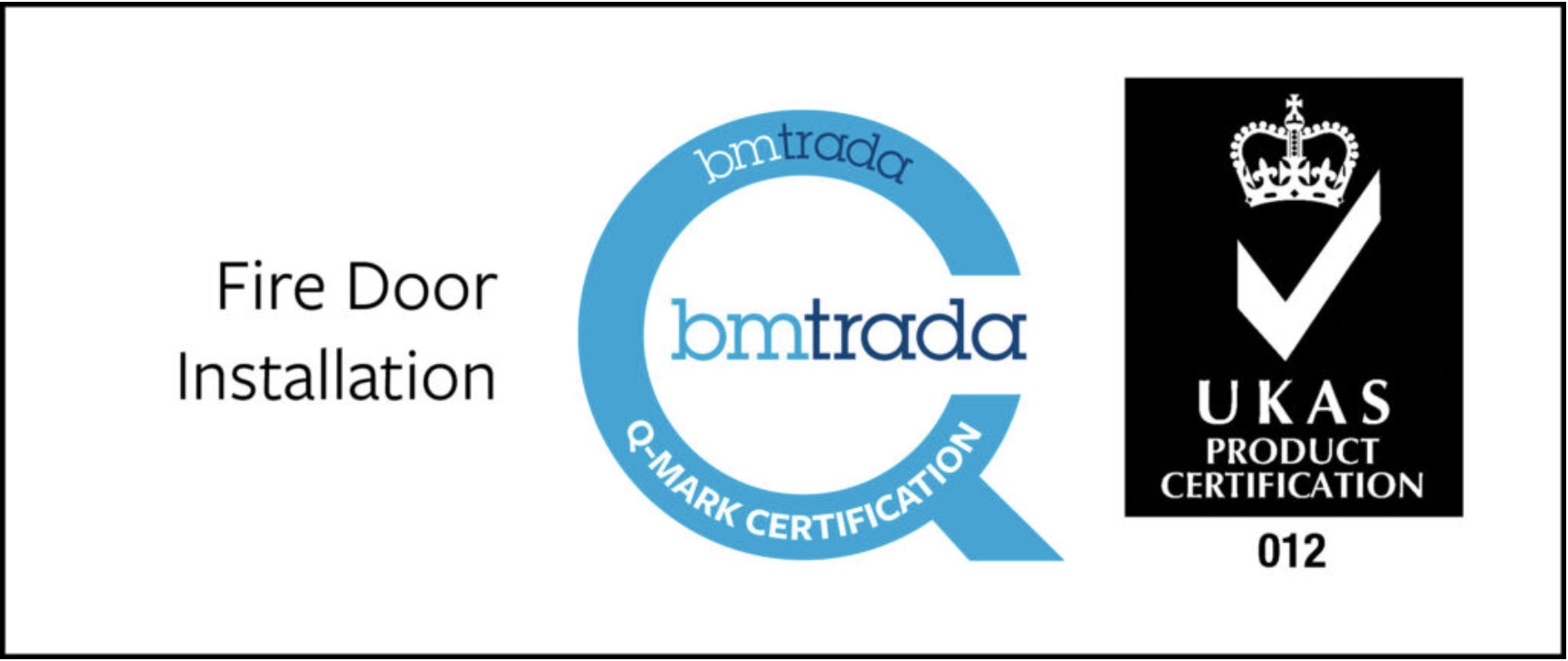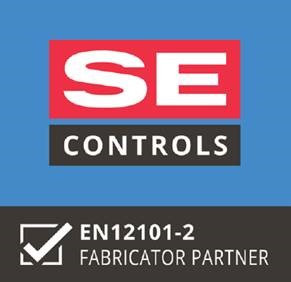When specifying doors and associated elements such as openings and ironmongery, it’s clear that the regulations are, well, not very clear.
Regulations and standards
When asking questions about door specification for disabled access, a common misconception is that doors need to be designed to be DDA compliant.
Strictly speaking, the Disability Discrimination Act (DDA) no longer exists. However, provision for the elements covered by the DDA is now made in the Equality Act (EA).
The Equality Act (EA) 2010 incorporated (and repealed) the DDA. This means that the Equality Act therefore renders the term ‘DDA compliant’ obsolete.
The EA carries forward the protection provided for disabled people by the DDA, but its application is considerably wider. It covers services in the commercial, retail, financial, residential, education, healthcare and transport sectors.
As the EA relates to access to services rather than to premises, buildings and products cannot be ‘EA compliant’.
Instead, they must comply with either Part M of the Building Regulations or the recognised technical standard BS 8300.
Despite this, DDA compliance is still the way many people refer to accessibility regarding doors.
Put simply, doors and the related access considerations around them need to be specified to meet the requirements of Approved Document M of the Building Regulations, using products that need to meet the codes of practice set out in BS 8300.
To find out more download our eBook ‘Specifying doors to meet Approved Document M of the Building Regulations’.




